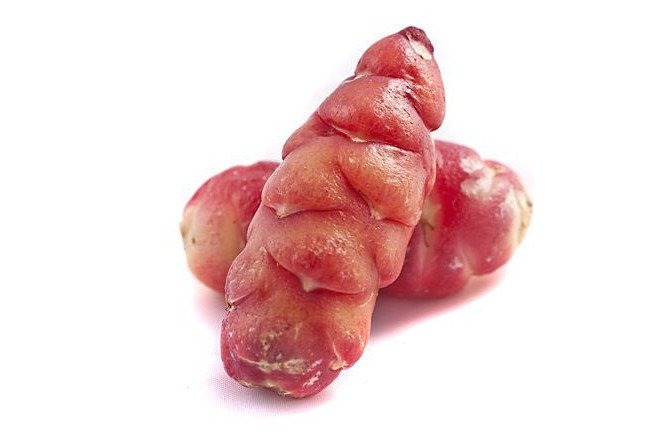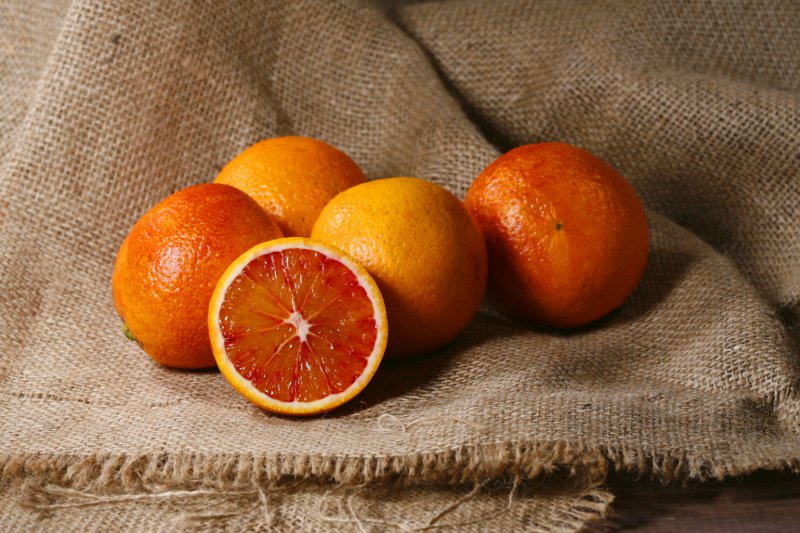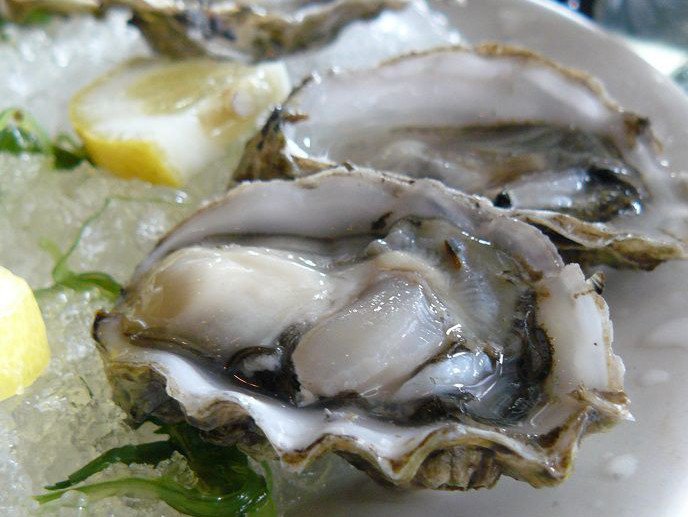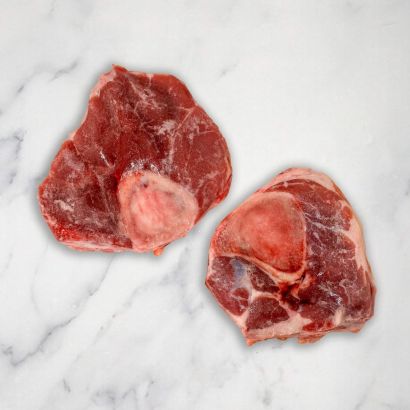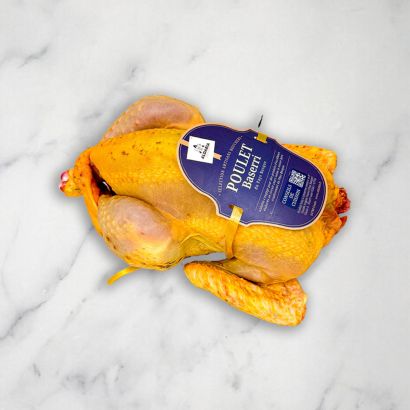January is traditionally a time when we’re bombarded with healthy eating advice and the national mindset shifts its focus to diet mode. Whether you subscribe or not, the beginning of the year can often be a time when meal inspiration is lacking; fresh produce is sparse and at its least varied. But help is at hand. I’ve pulled together a few of my favourite late winter ingredients to help bring a little excitement to the post Christmas blues.
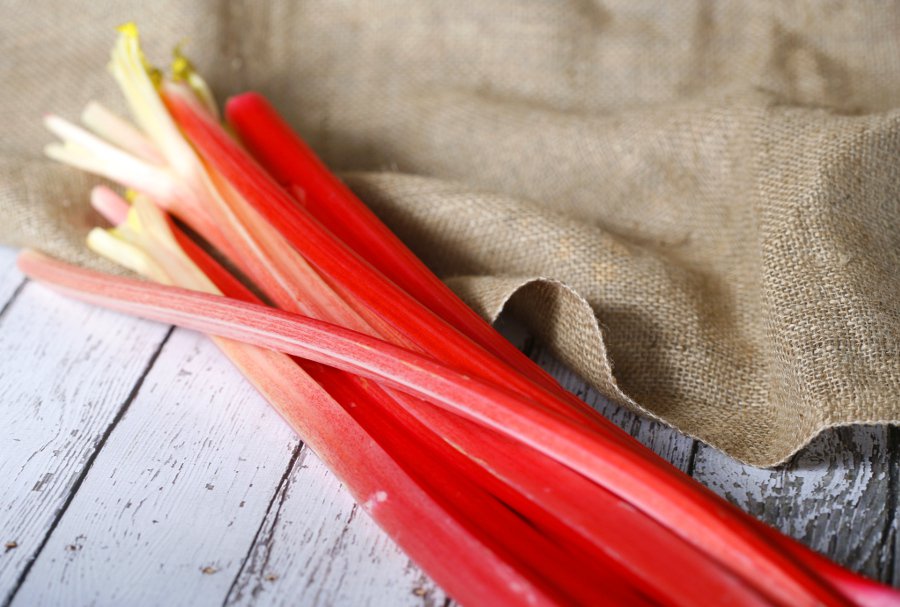
Forced Rhubarb
At a time of year when colourful, British fruit and vegetables are thin on the ground, the first harvest of forced rhubarb is cause for celebration. The season continues until early spring when field rhubarb takes over. The striking delicacy of the forced crop is what sets it apart though, both in flavour and appearance.
Give plates a splash of colour with the vibrant pink stems; perhaps poach them in orange juice with a little fresh ginger to infuse then serve with panna cotta, try the time-tested pairing of oily fish like mackerel with the tart fruit. Or, for a bit of a showstopper, make a rhubarb tart with a base of vanilla-laced crème pâtissière and the lightly cooked and sweetened rhubarb stems arranged on top. Buy Forced Rhubarb Here
Oca Tubers
Many tubers are at their best right now and are a great alternative to the usual staples. The best known tuber is of course the humble potato but the family also encompasses many less familiar varieties. Oca tubers are one of these. They are cultivated in the Andean countries of South America where they are used in much the same way as potatoes.
In New Zealand oca are commonly called yams, rather confusingly, but to most British home cooks they are virtually unknown. Their texture is reminiscent of a waxy potato and the flavour is similar, too, but has a distinct lemony, buttery note. There’s no need to worry about peeling oca and they can be eaten raw as well as cooked – mashed, roasted, chipped or boiled are all delicious. A good tip to remember is that oca will sweeten if you leave them for a few days on a sunny windowsill. It’s the perfect opportunity to experiment with something a bit different! Buy Oca Tubers Here
Blood oranges
A highlight of the winter fruit offerings, blood orange is a juicy crimson joy. Check out some fabulous recipes developed by Katherine O’Brien: perhaps you’ll be tempted by the zesty blood orange and farro salad with blood orange vinaigrette, or maybe your weekend tipple can be taken up a notch with her fabulous blood orange martini. However you consume blood oranges this winter, I suggest making the most of the brief season and tucking in at every opportunity! Buy Blood Oranges Here

Pomegranate
Pomegranates may not be a native fruit, but they are widely available at this time of year and are a great way to bring colour and flavour to dishes in the darker months. Used most commonly in Middle Eastern cooking, pomegranate seeds are like a scattering of juicy jewels; their sweet, slightly sour flavour fills the mouth in bursts. Try tossing a few through a salad of couscous, shredded chicken, feta and torn mint with a pomegranate molasses dressing. Pomegranate is a great flavour to experiment with in cocktails and baking, too. Buy Pomegranates Here
Cornish Oysters
Every October the Cornish town of Falmouth holds a festival to celebrate the beginning of the oyster season, which lasts until March. So although January doesn’t mark the start of their availability, it certainly offers a fresh, native seafood at its best. Cornish oysters are now accredited with PDO (Protected Designation of Origin) certification. This means that their distinctive sweet, mineral-rich flavour will remain intact for years to come with legislation protecting the current sustainable fishing practices.
In fact, Cornish oysters are fished by Europe’s last remaining fleet of sailing fishing boats, as they have been for over 500 years. Buy Cornish Oysters Here
Other treats of the season include: Seville oranges, clams, turbot, venison, scallops and lobster.


